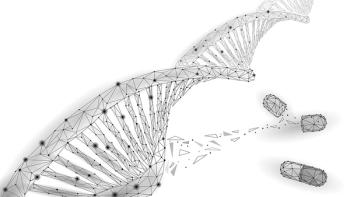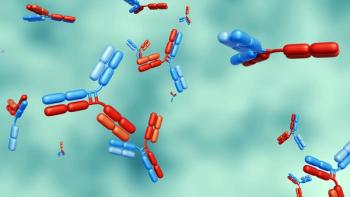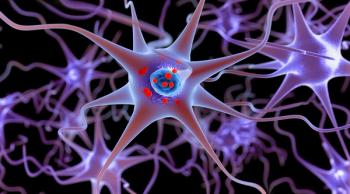
- BioPharm International-09-01-2012
- Volume 25
- Issue 9
Discovery Pipeline: NIH Invests in Tissue Chips
NIH has awarded ten laboratories two-year grants to develop tissue chip technology, with part of the funding coming from the recently established National Center for Advancing Translational Science.
The National Institutes of Health (NIH) is providing more than $70 million in funding over 5 years to develop technology to more accurately detect drug safety signals. Ten laboratories have been awarded two-year grants to develop tissue chip technology, with part of the funding coming from the recently established National Center for Advancing Translational Science. Tissue chips are microchips ranging from the size of a quarter to the size of a house key lined with living tissue. The goal is to accurately model the three-dimensional structure and function of human organs, reproducing the complex interactions, both chemical and biomechanical, that occur among different cell types within an organ system. The chips could then be used to predict drug toxicity and efficacy more accurately and at lower cost than current methods.
The 10 funded projects will model organ systems important for metabolic or toxicology studies, including heart, liver, kidney, and brain. In addition, some of the funded projects aim to model cancer, in the belief that simulating the micorenvironment in which tumor growth and metastasis occur can help better predict the tumor's response to a therapy. Seven additional awards were given to explore the potential of stem and progenitor cells to differentiate into multiple cell types that represent the cellular architecture within organ systems. These differentiated cells could then act as a source of cells to populate tissue chips.
The Defense Advanced Research Projects Agency (DARPA) is conducting a separate but parallel program. It has awarded two grants, one to the Wyss Institute at Harvard University and the other to MIT, both of which also are NIH tissue chip grant recipients, to develop engineering platforms capable of integrating 10 or more organ systems.
—Amy Ritter
Articles in this issue
over 13 years ago
A 25-Year Retrospective on Bioprocessing mAbsover 13 years ago
Technology Transfer: Protecting the True Public Interestover 13 years ago
Training the Biopharma Industryover 13 years ago
The Macro Viewover 13 years ago
In-Depth Validation of Closed-Vial Technologyover 13 years ago
Regulatory Challenges in the QbD Paradigmover 13 years ago
A Method for Removal of Endotoxin from Pharmaceutical Formulationover 13 years ago
Bucking the Trendover 13 years ago
Joint Regulatory Conferences: The Ultimate Connectionover 13 years ago
Upstream Processing: A PrimerNewsletter
Stay at the forefront of biopharmaceutical innovation—subscribe to BioPharm International for expert insights on drug development, manufacturing, compliance, and more.





